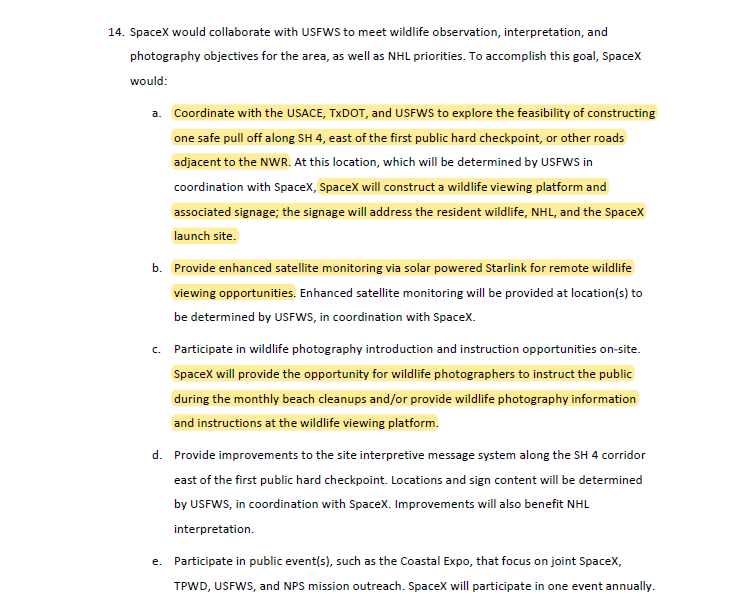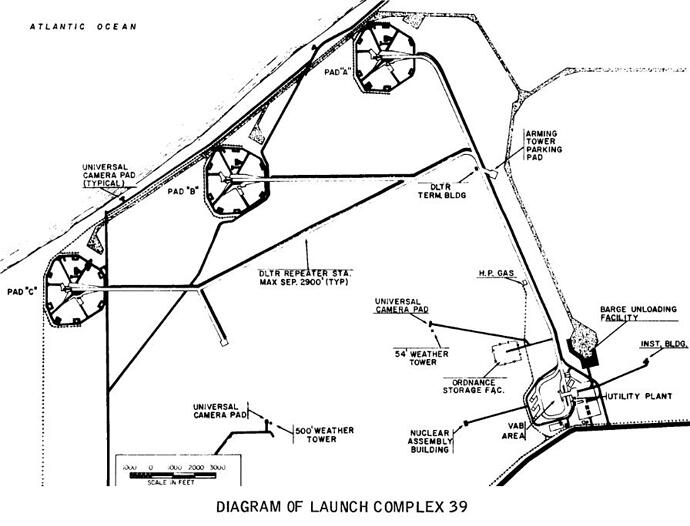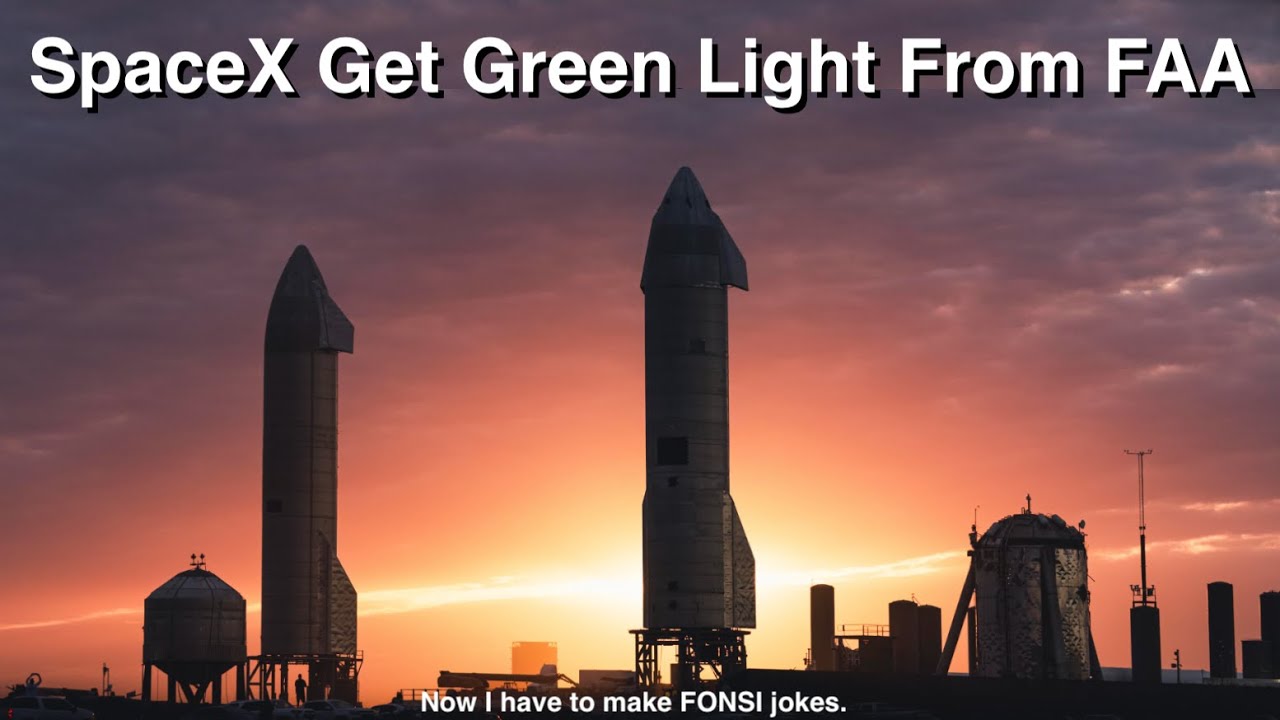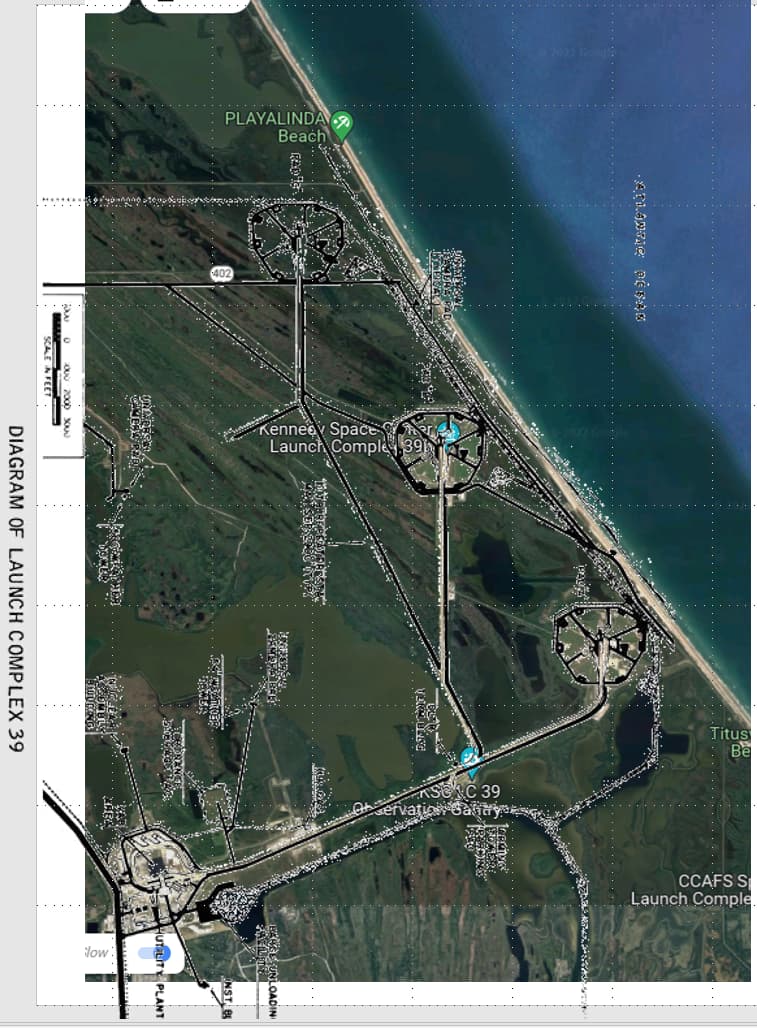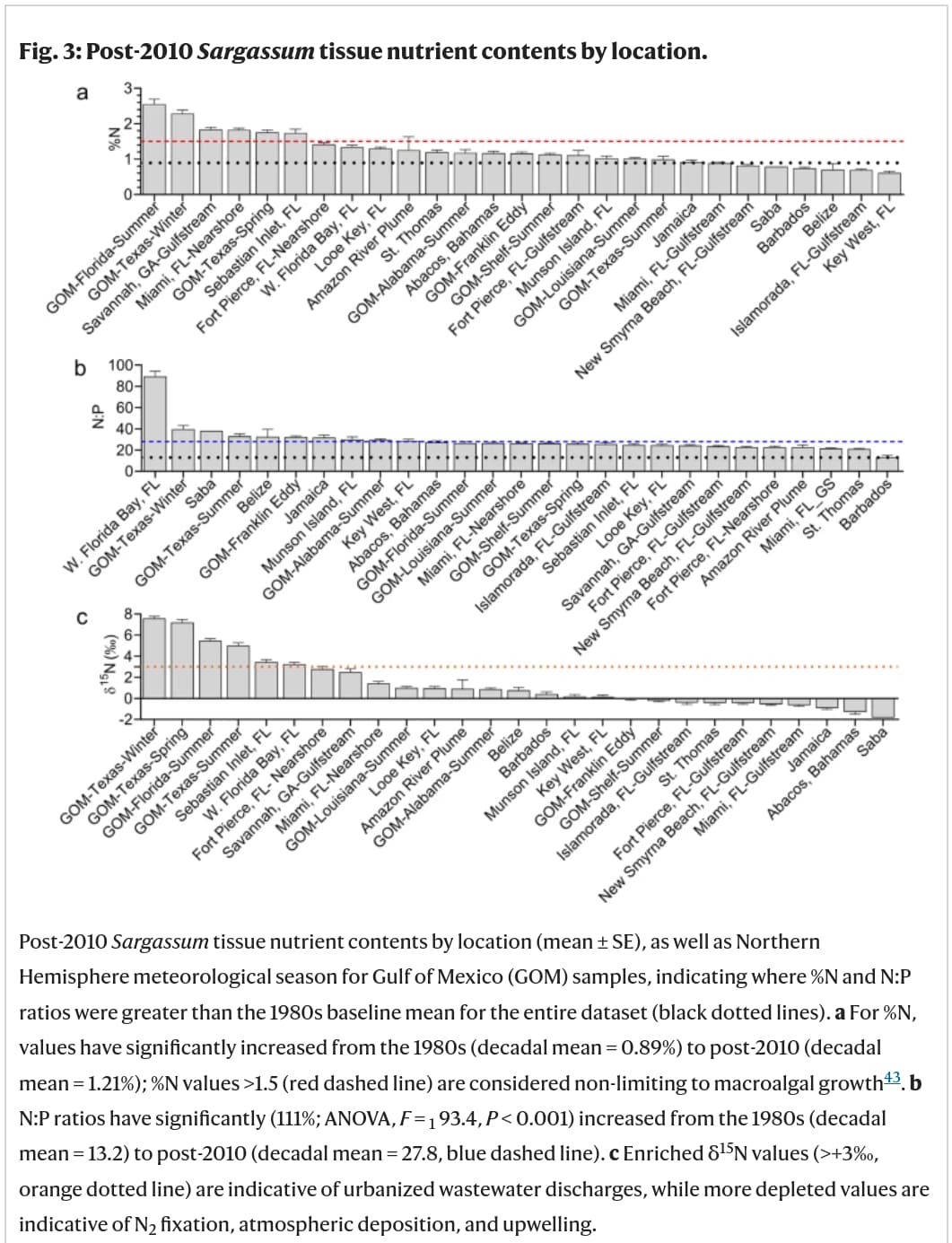After months of delays, the U.S. Federal Aviation Administration released its final Programmatic Environmental Assessment (PEA) of SpaceX Starbase operations today, 2022-06-13. This is almost eight months after a Draft PEA was issued on 2021-09-17, with serial month-to-month delays for the last several months.
This is a massive data dump of hundreds of pages of documents. The two key documents are:
- Final PEA Executive Summary (PDF, 43 pages)
- Mitigated Finding of No Significant Impact and Record of Decision (PDF, 40 pages)
The bottom line is that SpaceX was granted approval to conduct limited test and flight operations from the Boca Chica site, with up to five Super Heavy launches, Starship suborbital launches, Super Heavy land landings, and 10 Starship land landings per year. In addition, approval was given for landings on offshore platforms or expending vehicles at sea, including off Hawaii for near-orbital tests. Basically, this is the environmental go-ahead for SpaceX to begin orbital flight testing of Starship.
An index to all of the many documents, appendices, and other material is available at “SpaceX Starship Super Heavy Project at the Boca Chica Launch Site”. Much of this is exquisitely tedious, but if your cynicism needs topping up, there are some laughs, such as the parts where every environmental “stakeholder” gets to drive in their own little stake to extract a payoff from SpaceX (p. 29 of the “No Significant Impact” report):
- SpaceX will make an annual contribution of $5,000 to the Friends of Laguna Atascosa National Wildlife Refuge Adopt‐an‐Ocelot Program within 3 months of the issuance of the BO and by March 1 of each year thereafter for the duration of the BO. Funds donated to the program are intended to pay for:
a. Wildlife guzzlers
b. Camera trapping sets
c. Special events to raise awareness about the ocelot
d. Important supplies that allow biologist to monitor ocelot dispersal, behavior and habitat needs- SpaceX will make an annual contribution of $5,000 to the Peregrine Fund within 3 months of the issuance of the BO and by March 1 of each year thereafter for the duration of the BO. These funds will provide assistance with increased releases, repairing or replacing existing hack sites and/or nest boxes, or constructing new hack sites and/or nest boxes if falcons are observed in a new location.
And as to “Climate”, the Executive summary notes:
Proposed construction and operations would involve mobile source fuel combustion that would generate greenhouse gas (GHG) emissions from associated launch, landing, and test operations. Launch‐related operations are estimated to emit 43,892 metric tons of carbon dioxide equivalent per year. This estimation is substantially less than the total GHG emissions generated by the United States in 2018. The Proposed Action is not expected to result in significant climate‐related impacts
…“substantially less” than the emissions of the entire United States for 2018. Whew—that was close!
This release relates only the environmental assessment. Individual launches will have to be separately licensed by the FAA.

